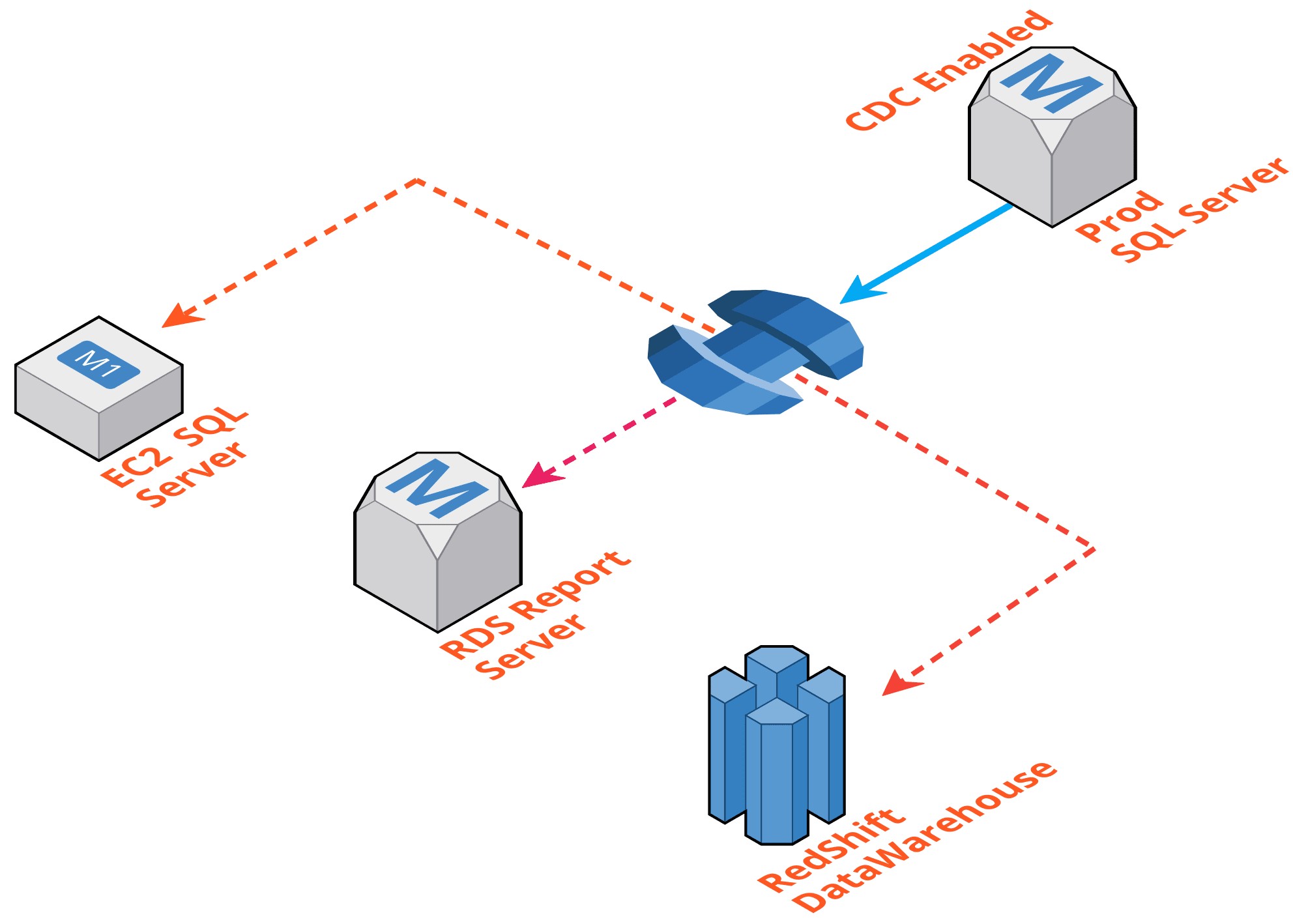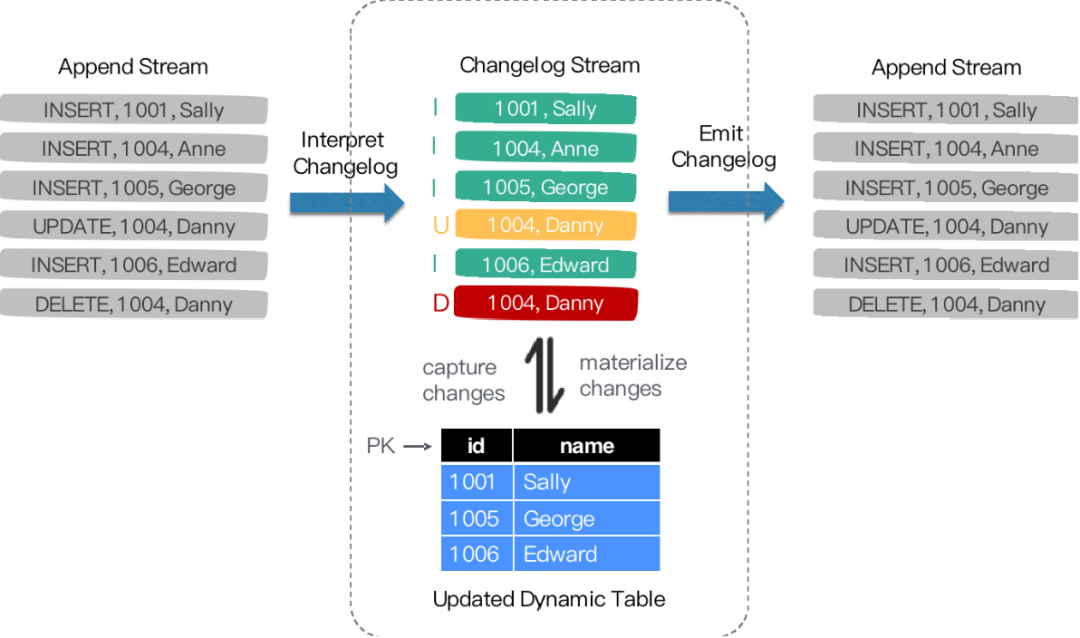

Transactional replication for your database, the CDC and transaction replication share The log reader is also known as a capture process of CDC. Theīenefit of the log reader is that it does not impact source database activity. The CDC uses the transaction log reader from transactional replication. It deletes theĬDC table records older than the 3 days (retention period).
Sql cdc update#
It writes two records into the mirror table for each UPDATE statement.It writes one record into the mirror table for each INSERT and DELETE statement.

To record the changes performed on the database. It mirrors the source table with additional columns What is Change Data Capture (CDC)?Ĭhange Data Capture (CDC) records insert, delete and update activity on a database Server and Azure SQL Managed Instance, but is currently in the preview phase forĪzure SQL Database. The solution is to change the database owner to an existing login (using sp_changedbowner orĢ.This tutorial teaches about Change Data Capture (CDC), a feature that can trackĬhanges in the tables and rows in a database. Uncommittable transaction is detected at the end of the batch. Msg 266, Level 16, State 2, Procedure sp_cdc_enable_db, Line 0 Transaction count after EXECUTE indicates a mismatching number of BEGIN and COMMIT statements. Msg 266, Level 16, State 2, Procedure sp_cdc_enable_db_internal, Line 0 Use the action and error to determine the cause of the failure and resubmit the request. The error returned was 15517: 'Cannot execute as the database principal because the principal "dbo" does not exist, this type of principal cannot be impersonated, or you do not have permission.'. The failure occurred when executing the command 'SetCDCTracked(Value = 1)'. Msg 22830, Level 16, State 1, Procedure sp_cdc_enable_db_internal, Line 186Ĭould not update the metadata that indicates database AdventureWorks2008R2 is enabled for Change Data Capture. Run a select before and after so that we can see the changes.
Sql cdc code#
The code below updates three columns, only two of which are in the list of columns to be detected by CDC. However Microsoft recommend that these tables are not accessed directly and that the functions they provide are used instead, which I'll demonstrate below.įirst I'll make some changes to the table so we can see how they are picked up by CDC. Open up 'System Tables' under 'Tables' then you'll see a number of new tables as shown below : These are named cdc._capture and cdc._cleanup (replace with the There will be two new jobs as shown below.

If you look at the SQL Server agent jobs in Object Explorer Now that CDC is set up I'll show you what changes it has made to the database. sp_cdc_get_captured_columns = 'SQLMattersDemo' Get information about the columns that are being captured for this capture instanceĮXEC sys. Can also see if cdc tracking is occurring on a table by checking sys.tables List metadata about cdc config on the current database :ĮXEC sys. List all databases and whether they have CDC enabled : The followingĬommands will list which databases, tables and columns have CDC enabled : To review the current CDC settings on the database. That is all that is required to set up CDC !īefore we look at where the captured data changes are stored, I'll briefly show you how The is a name that identifies this cdc instance (more on this later). Note that you do need to include the column (or columns) that make up the primary key so that theĬDC mechanism can uniquely identify a row (though instead of a primary key it's also possible to specify a separate unique index for this using If I had left the then all columns would have been tracked. In this case I've chosen to track changes on the Production.Product table, on the Name, Color and ProductId columns.


 0 kommentar(er)
0 kommentar(er)
